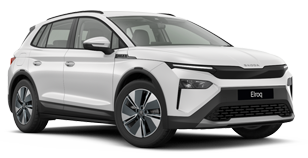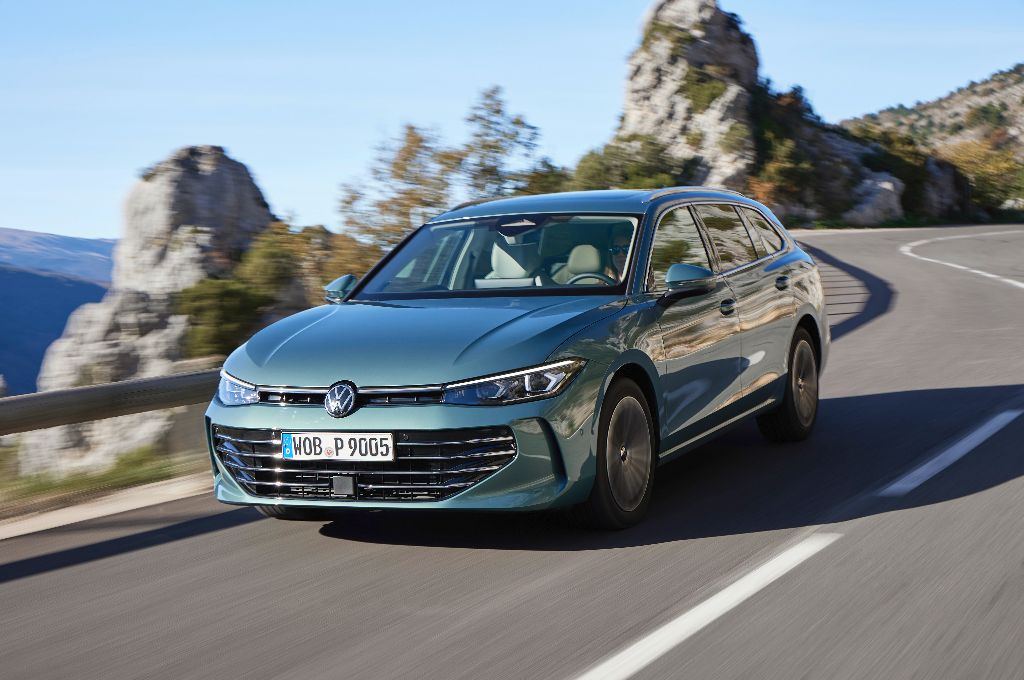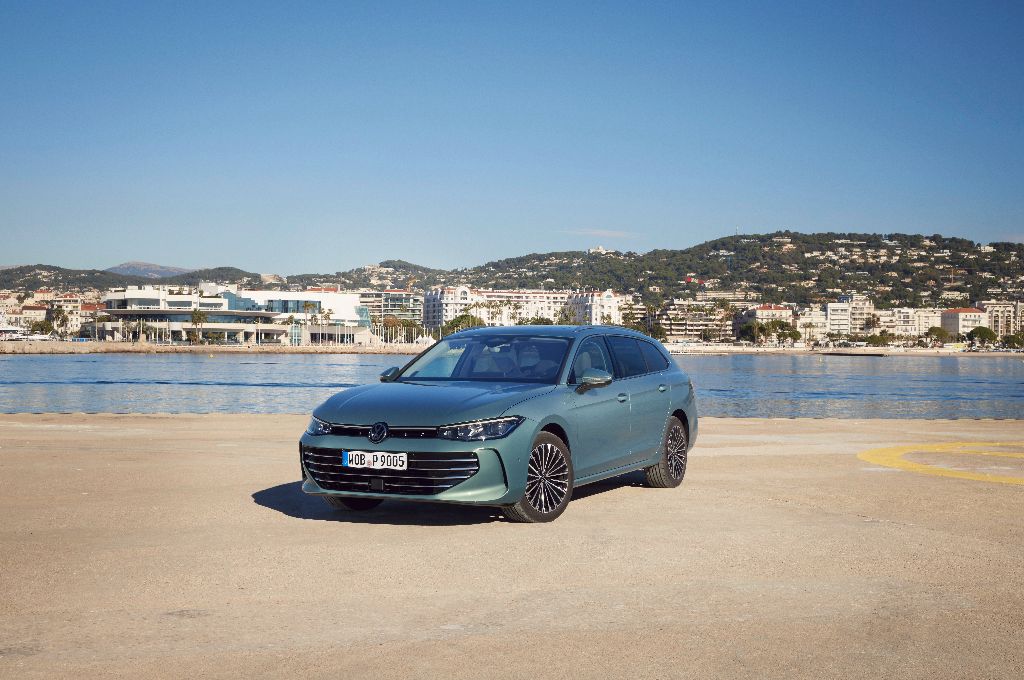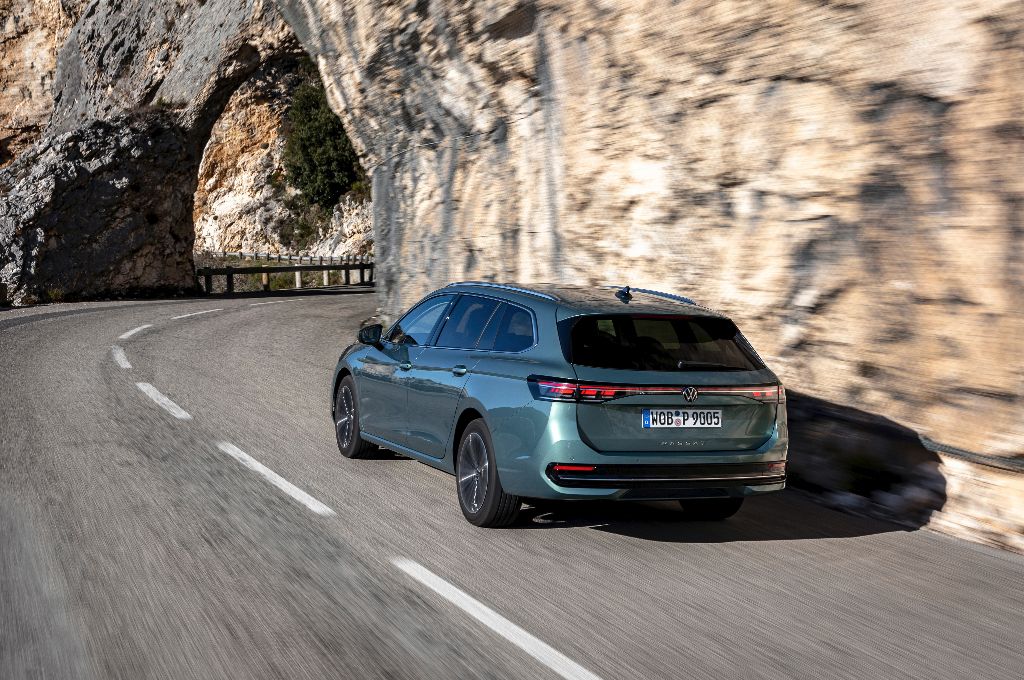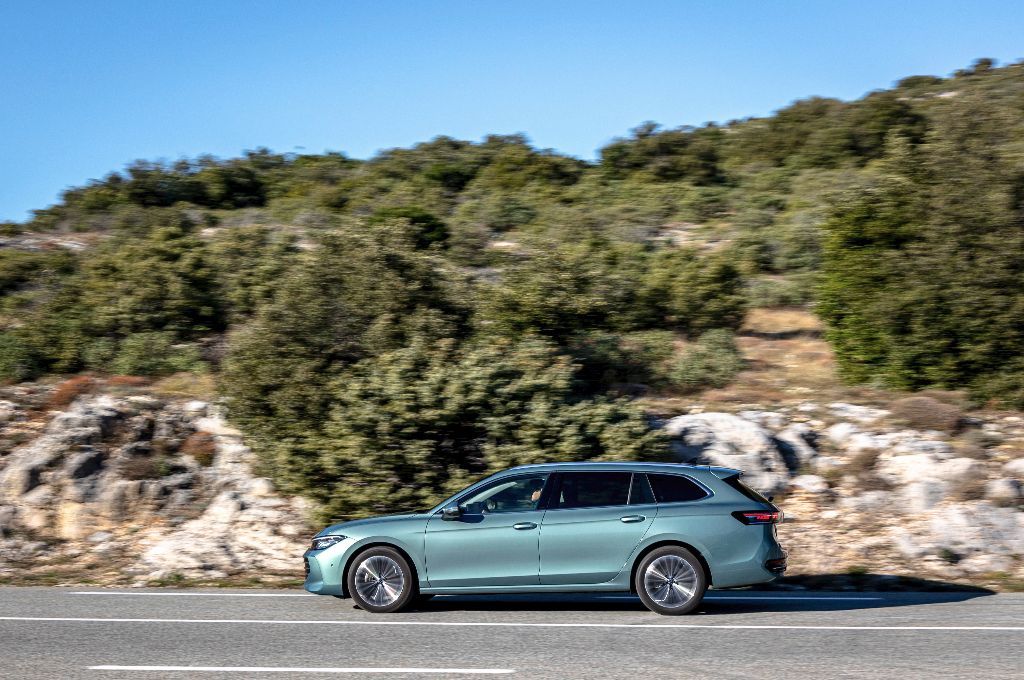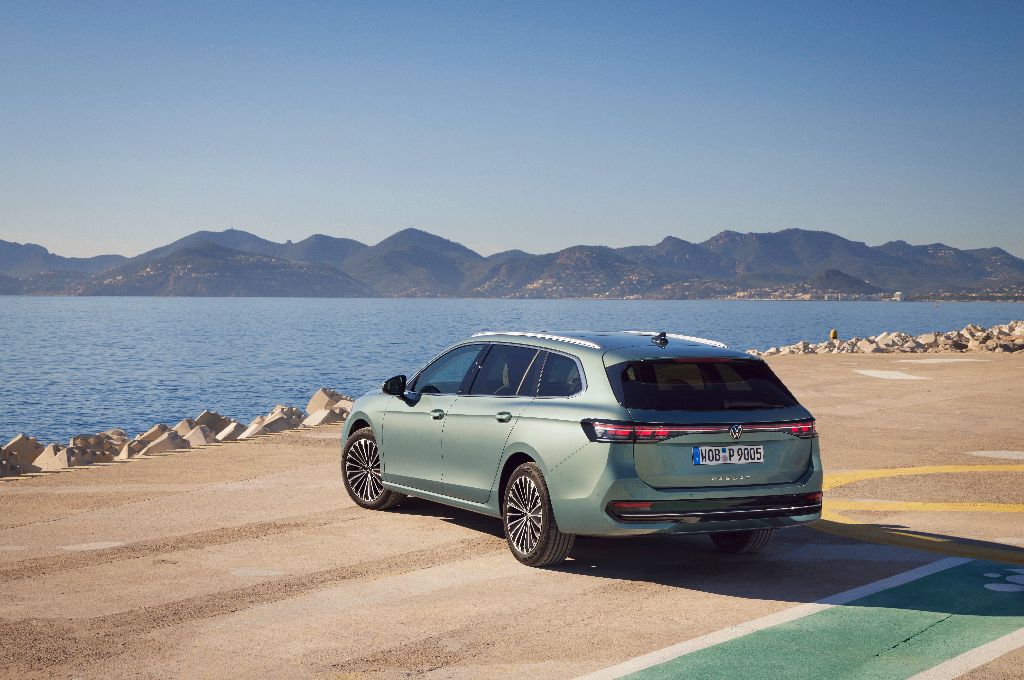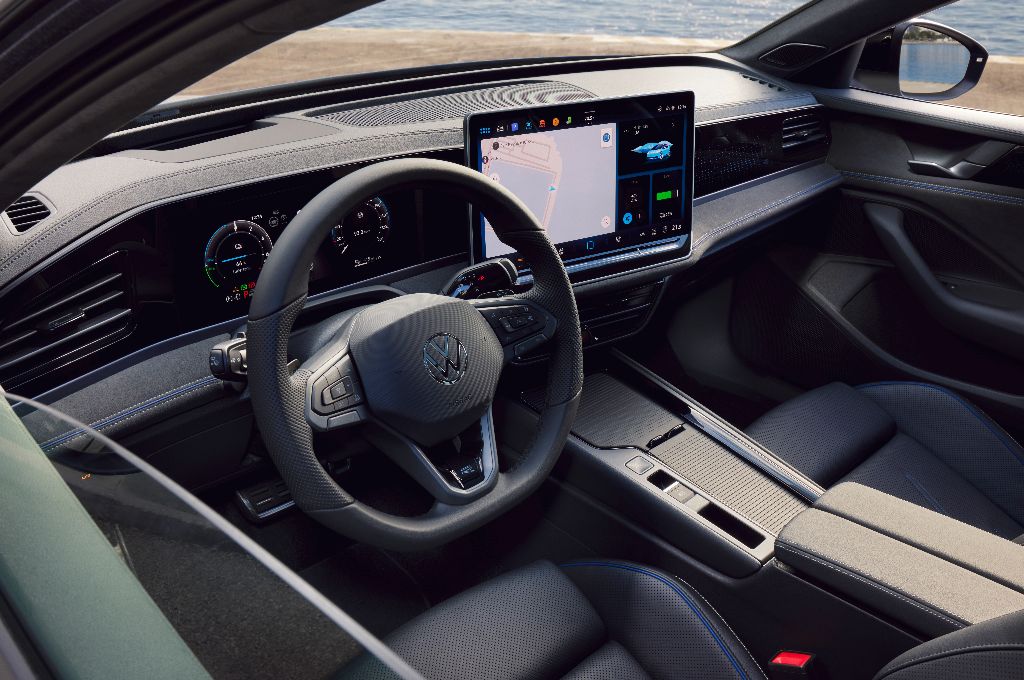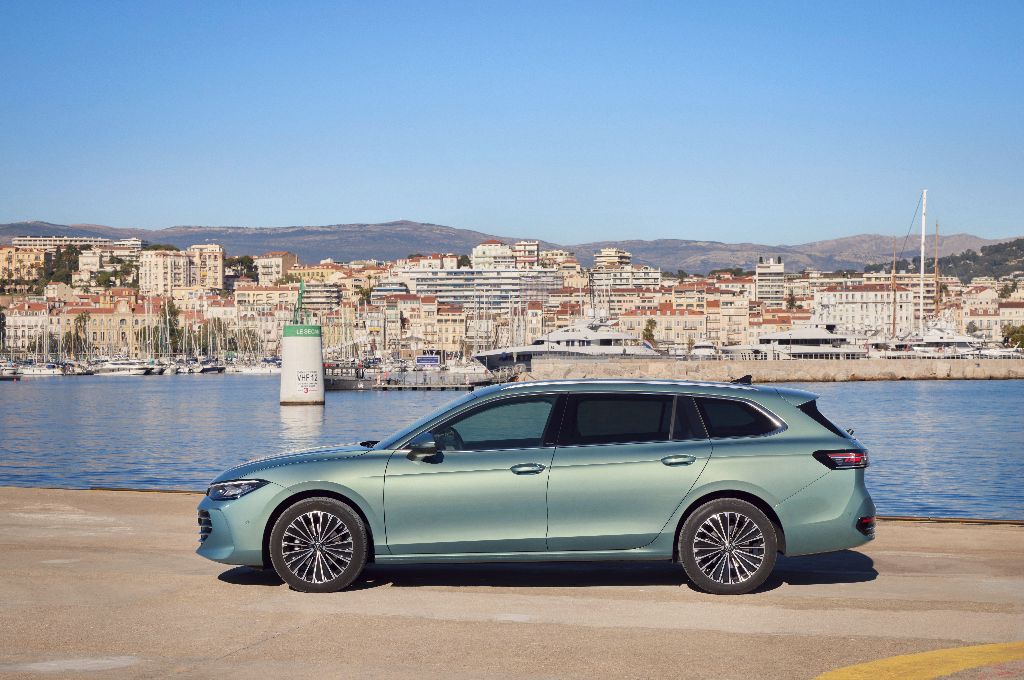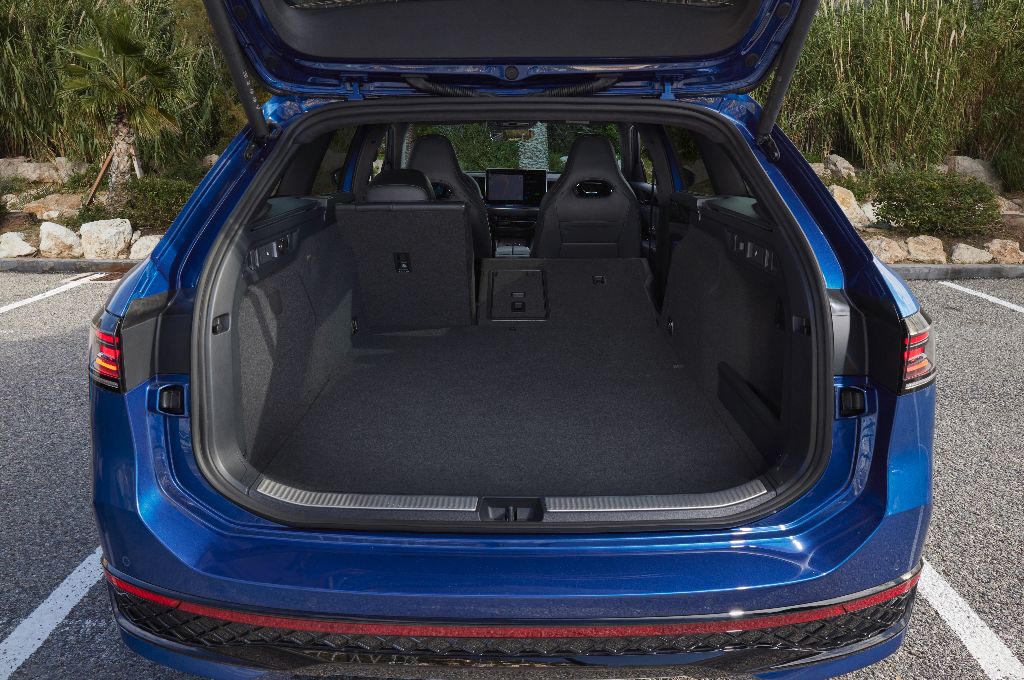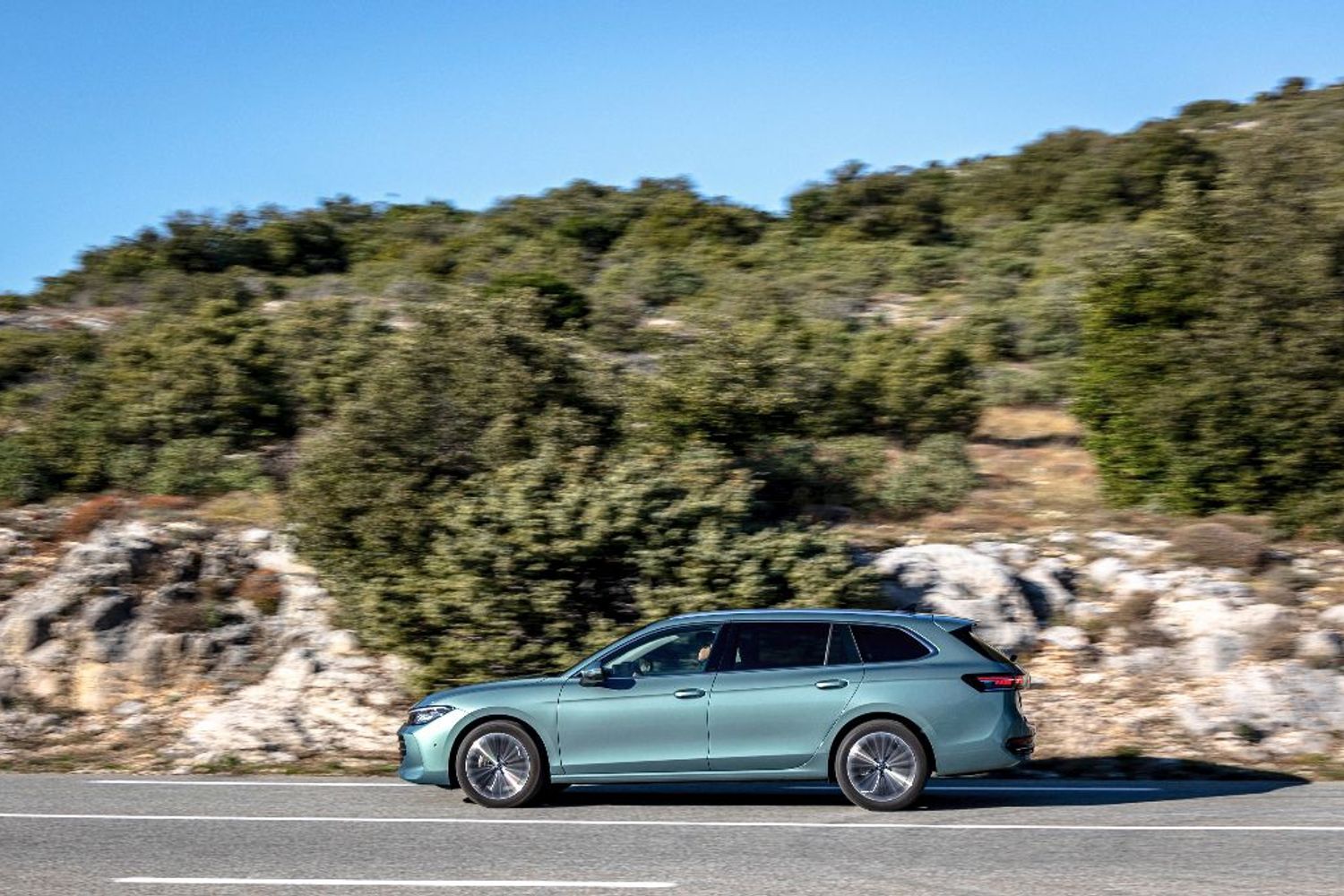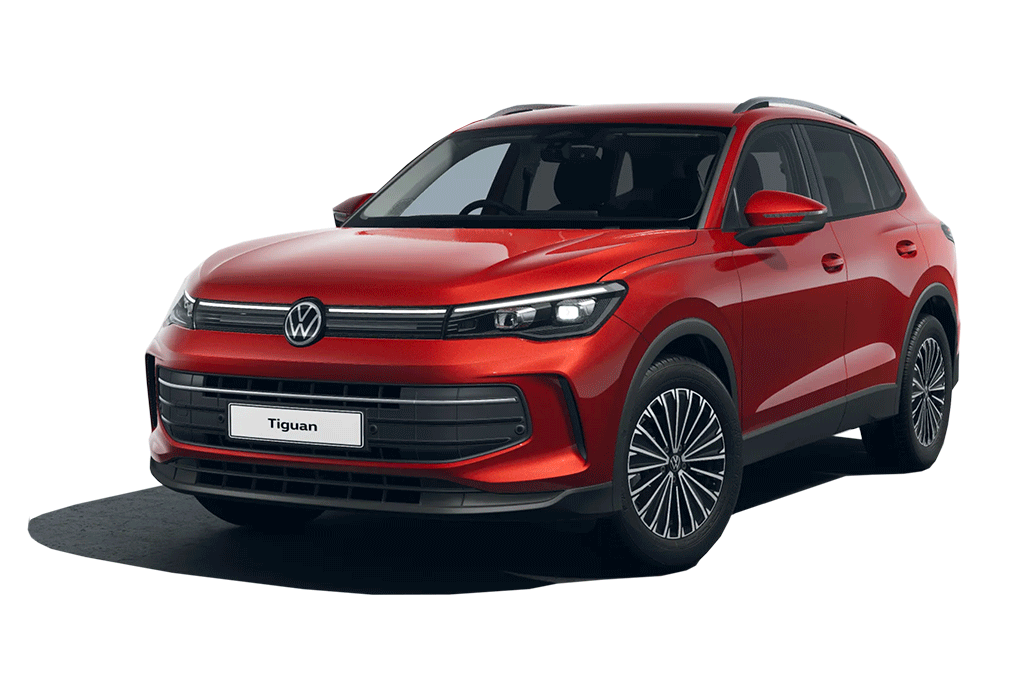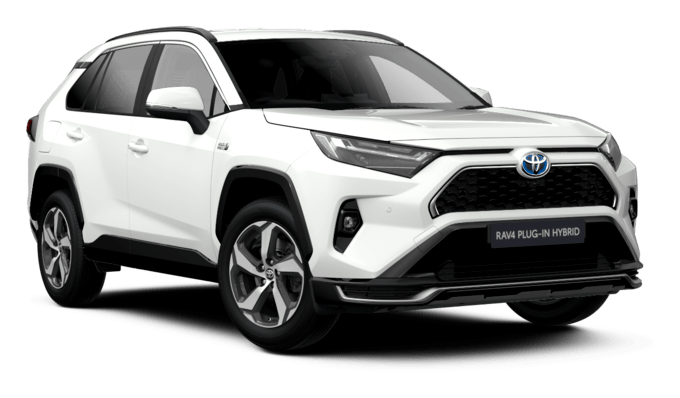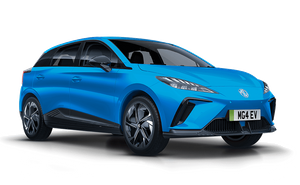It utilises the same MQB Evo platform as the latest Tiguan SUV as well as the new Skoda Superb. Indeed, the new Passat shares almost everything with the Superb wagon, right down to its doors and windows, as the two models morph from close cousins to startlingly similar twins. The medium saloon and estate marketplace has lost some big names recently – if the Ford Mondeo can’t soldier on, things must be tough – so VW and Skoda have worked more intimately than ever to keep cars like this profitable.
With mainstream names dropping like flies, the Passat enters a more premium segment than ever with a BMW 3-Series or Mercedes C-Class more likely to be a key rival nowadays. It’s therefore aiming to be plusher, and not only via the materials it uses. Which goes someway to explain curvier (and arguably duller) styling than its forebear. Smoother lines yield a lower drag coefficient to aid efficiency - a practice that we’ve seen a lot in the electric car marketplace to maximise range. It’s also designed to boost interior hush and refinement here.
Range, battery & charging
Naturally its headline 0.25Cd drag coefficient (close to the 0.23 of a Tesla Model 3) helps the range, too, with the plug-in hybrid Passat eHybrid claiming almost 600 miles when you squeeze its fuel tank and battery to their fullest. Of course, it’s unlikely you’ll drive it that way and the 82 miles of pure electric range ought to cover the vast majority of journeys.
The battery has jumped in size compared to its Passat GTE predecessor, now measuring 19.7kWh. It powers a 113bhp motor for more than double the electric range, while it’s now capable of rapid DC charging up to 50kW as well as AC charging up to 11kW (although most will charge at home at 7kW, as this is the maximum rate that's usually supported by domestic properties).
Expect a full top-up to take 3-4 hours at home, or an 80% charge will take around 20 minutes at a rapid charger. And don't worry about charger compatibility; the Passat uses a CCS or a Type 2 connection, just like almost all electric cars, so it'll be compatible with the vast majority of public chargers, and all home chargers.
There are two specs of eHybrid available; they share the same electric motor, with the output of their 1.5-litre petrol engine varying for a combined total peak of either 201 or 268bhp.
The lower output is destined to be the biggest seller in the UK, especially given that the Passat is traditionally a fleet car favourite, but private buyers who can’t charge at home might be tempted by the entry-level mild hybrid car. It too uses a 1.5-litre engine – peaking at 148bhp – while VW claims a combined 51.8mpg. Its minor dose of electrification essentially smooths out its stop/start procedure in traffic and allows the engine to rest during deceleration or light cruising.
Practicality & boot space
Anyone enamoured by the crisp styling of previous Passats might be a little peeved by how much the car now shares with its Superb relation. There’s no doubt it’s lost a little aesthetic identity, but there can’t be a better car in this class to copy your homework from – the new models’ identical wheelbase and boot space are a big boon for the VW.
An extra 50mm in the middle of the car is all funnelled into rear legroom, making this a truly comfy place for four adults to travel long distances, while luggage capacity is now 510- to 1,770 litres in plug-in versions (690 in the mild hybrid), and all UK Passats get an electrically operating tailgate.
Every Passat also gets an automatic transmission, with the gear selection device moved to the steering column. This has let the designers squeeze more storage space and smartphone charging solutions into the centre console.
All powertrains in the UK are front-wheel drive, which does limit the Passat’s towing capability compared to petrol and diesel 4Motion versions. The mild hybrid manages 1,600kg while the 201bhp eHybrid claims 1,800kg and the 268bhp tune offers 2,000kg.
Interior & technology
Volkswagen hasn’t enjoyed a rapturous reception to its cabins in recent years, with the touchscreen-heavy setup of the Mk8 Golf and various ID electric models damaging its usually sky-high reputation when it comes to interior sense and clarity.
The Passat is designed to ease those woes and begin VW’s journey to recovery, although the vast majority of its functions are still via the central screen, including the air con. Odd, given the Skoda Superb will have physical temperature controls. The display measures 12.9 inches as standard with a 15in screen part of an £850 options pack (which also includes a head-up display), and the latter is all we’ve tried so far – its large dimensions ensure it falls neatly into your field of vision while ChatGPT-boosted voice commands are designed to shorten the time you avert your eyes from the windscreen in the first place. For now, that’s an occasionally useful gimmick and something that will surely improve as AI tech matures and VW applies updates.
Burying the adjustment for the eHybrid's brake regen' deep in the menus is the biggest bugbear; in its lightest or ‘auto’ settings the car feels too keen to coast, forcing you to occasionally ride the brakes on downhill stretches of dual carriageway. We’d hope a future facelift or model-year update will make this easier to adjust on the move as for now it feels safer to pull over and flick through to the strongest setting.
The dashboard design is otherwise smart and quality is strong too, representing a step up on the cheaper Tiguan with plush materials used across more surfaces and cheaper, harder-wearing plastics reserved for the most necessary areas. Ambient lighting is used throughout the cabin – including an artful dashboard display – while heated, massaging seats are standard on all UK trim levels.
Driving & performance
The focus is clearly on comfort nowadays, and in-car refinement really is strong. Even the mild hybrid Passat is hushed at motorway speeds, making the PHEV even stronger, though the whirr and whine of the electric motor occasionally interrupts the otherwise library-like tranquillity.
This lighter, lower-slung car certainly rides better than its Tiguan relation, even if the suspension remains a mite firmer than you might hope. At 1.8 tonnes, the eHybrids have a lot of weight to keep in check, and you’ll occasionally feel the side effects of that. But credit where it’s due, this car handles smartly and grips strongly. It’s never a thriller to drive, but there’s a sharp chassis beneath that can clearly handle more power than it’s been given. Indeed, the punchiest 2-litre petrol, which UK buyers aren’t offered, is the most impressive iteration…
Still, both eHybrids dish out over 200bhp and the more potent version completes 0-62mph in a brisk 7.4secs. But you’re better served sparing some of its performance to favour more efficient driving, partially because its 1.5-litre engine begins to sound coarse at higher revs. The car potters around satisfyingly in pure electric mode and its 113bhp peak in such conditions is certainly punchy enough in the ebb and flow of urban traffic.
An adaptive DCC chassis control system is standard on sporty R-Line models and a £1,060 option elsewhere; it allows you to adjust the suspension stiffness through a dizzying 15 different levels, but we suspect you’ll fiddle with it a couple of times before defaulting to the most comfortable setting.
Running costs & pricing
The VW Passat PHEV starts at just over £44,000 for the Life trim, and we'd say that's the pick of the range anyway as it's well equipped with smart upholstery, all the infotainment features that you want, keyless entry, LED headlights and even heated front seats with a massage function. Goodies like the larger 15in screen, a head-up display and a panoramic sunroof all come tucked within chunky option packs, while leather seats and a punchy Harman Kardon stereo are available too. The top-spec R-Line packs a decent amount of luxury equipment while offering two-tone paint and larger alloys, but you're getting perilously close to a £50,000 Passat at that point, as the Passat PHEV R Line costs £48,440 even if you go for the lower-powered version. Opt for the range-topping, higher performance model and you go well over that mark, at £51,160. Ouch.
Still, many motorists will be considering the plug-in hybrid Passat as a company car, when the long electric running and low CO2 emissions make it very affordable. It falls into the 5% Benefit in Kind tax group, so your Benefit in Kind (BiK) payments will be very low.
Verdict
The Passat is more closely related to a Skoda Superb than ever and that’s broadly a positive step. You’re looking at the roomiest and comfiest Passat yet – and one with a generous amount of standard equipment, however easy it’ll prove to massively swell the price with even plusher options.
It drives smartly and rides with greater aplomb than an equivalent Tiguan SUV. More than that, the electric range is truly impressive and means that most buyers will be able to keep petrol usage to an absolute minimum, and low CO2 means that this is also a great option if you're getting your car on Benefit in Kind (BiK) company car car tax.
But aside from its slightly anonymous styling, there’s plenty to like here. The Mk9 Passat may occupy a more niche market segment than ever, but we’d recommend trying one in place of the increasingly default SUV. Whether its Skoda Superb twin will prove yet more convincing feels like the more pressing hurdle for the Passat.
Like the Volkswagen Passat eHybrid? Try these...





